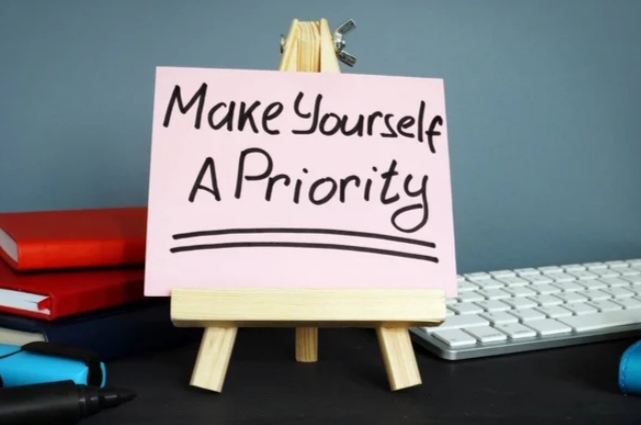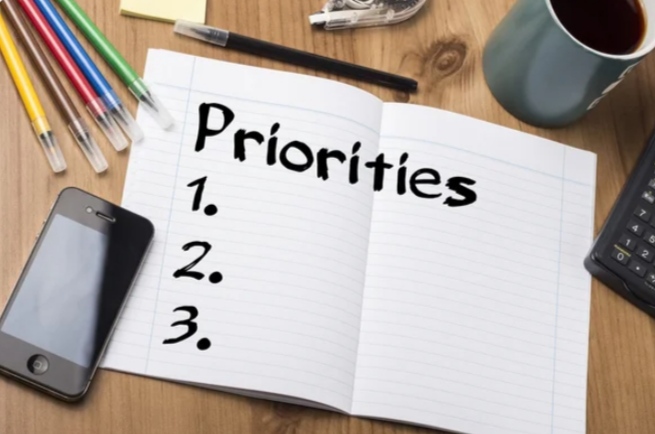
In today’s fast-paced world, the ability to set priorities is more crucial than ever. With endless tasks, commitments, and distractions vying for our attention, knowing what truly matters can drastically enhance productivity and reduce stress. Whether in personal life, work, or academia, mastering the art of prioritization can help you focus on what aligns with your goals and values. Here’s a comprehensive guide to help you set your priorities straight.
1. Understand Your Goals
Before you can effectively prioritize, it’s essential to have a clear understanding of your short-term and long-term goals. Take some time to reflect on what you want to achieve:
- Personal Goals: Think about your aspirations related to health, relationships, hobbies, and personal growth.
- Professional Goals: Consider your career objectives, skills you want to develop, or positions you aspire to attain.
- Academic Goals: If you are a student, define your academic achievements, such as grades, projects, or learning new subjects.
Creating a list of these goals can provide clarity and guidance when deciding what to prioritize.
2. Assess Urgency vs. Importance
The Eisenhower Matrix, developed by former U.S. President Dwight D. Eisenhower, is a valuable tool for distinguishing between urgent and important tasks:
- Urgent and Important: Tasks that require immediate attention, like deadlines or emergencies.
- Important but Not Urgent: Activities that contribute to long-term success, such as strategic planning and personal development.
- Urgent but Not Important: Tasks often driven by others’ priorities that can usually be delegated.
- Neither Urgent nor Important: Low-value tasks that can be eliminated or postponed.
By categorizing your tasks using this matrix, you can clearly see what needs immediate attention and what can be scheduled for later.
3. Make a List and Rank Tasks
Once you’ve categorized your tasks, create a list. You can use tools like to-do lists or digital task management applications. After listing, rank these tasks based on their urgency and importance. Consider using a numbering system or prioritization techniques like the ABCD method:
- A: Must do – high priority
- B: Should do – medium priority
- C: Nice to do – low priority
- D: Delegate or Delete – tasks that can be passed on or eliminated
This will help you remain focused on the most critical tasks while managing your workload effectively.
4. Set Boundaries
One of the biggest challenges in prioritization is the pressure to be constantly available and responsive. Setting boundaries can help protect your time and energy:
- Learn to Say No: Politely decline tasks that do not align with your priorities.
- Limit Distractions: Designate specific times for checking emails and messages to reduce interruptions.
- Communicate Your Priorities: Let others know what you’re focusing on, so they understand your limits and can respect your time.
Boundaries help create a supportive environment for pursuing your highest priorities.
5. Review and Adjust Regularly
Life circumstances and priorities can change, necessitating regular reassessment. Set aside time weekly or monthly to review your goals and tasks. Ask yourself the following questions:
- Are my current priorities still aligned with my long-term goals?
- What have I accomplished, and what still needs attention?
- Are there new responsibilities or opportunities that require my focus?
Regularly adjusting your priorities will help you stay on track and adapt to any changes efficiently.
6. Practice Self-Care
Finally, setting priorities doesn’t mean neglecting self-care. In fact, taking care of your mental and physical well-being is essential for maintaining productivity. Incorporate activities that inspire you, such as exercise, meditation, or spending time with loved ones. Prioritizing your health and happiness will enhance your ability to focus on your tasks effectively.
Setting your priorities straight is a dynamic process that requires patience, self-reflection, and practice. By understanding your goals, assessing urgency and importance, making lists, setting boundaries, and regularly reviewing your tasks, you can take control of your life and create a balanced approach to managing your responsibilities. By aligning your daily actions with your long-term goals, you will not only enhance productivity but also cultivate a more satisfying and purposeful life. Start today, and watch as clarity and focus transform your everyday experiences!


